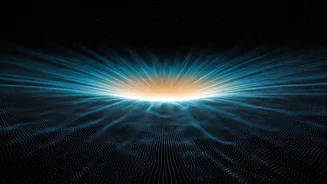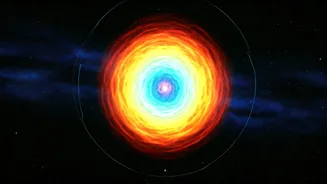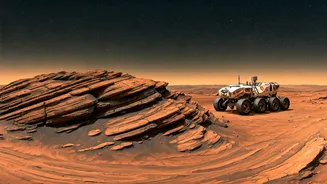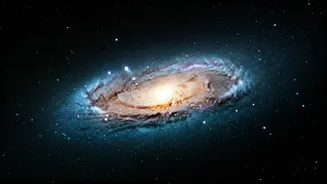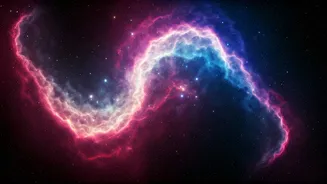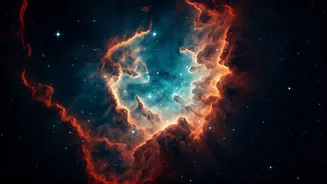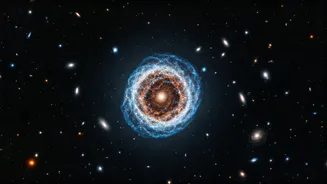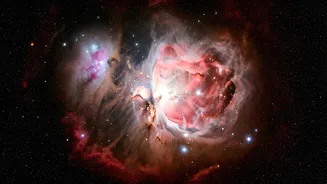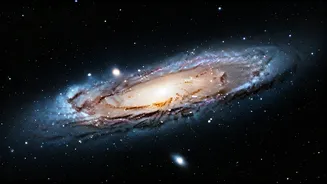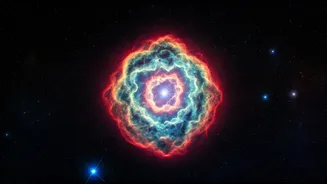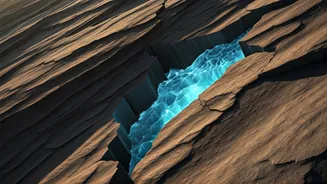A New Cosmic View
The MWA, a sophisticated radio telescope, was instrumental in producing this high-resolution map of the early universe. Located in Western Australia, the MWA is uniquely
positioned to detect the faint radio signals emitted during the universe's initial phases. The array comprises thousands of antennas that collectively observe vast swaths of the sky. By analyzing these signals, scientists can study the distribution of hydrogen, a key element in the early universe. This recent map, with its detailed structure, reveals aspects of the cosmos previously inaccessible to our observations. It allows us to view the universe as it was billions of years ago, offering a glimpse into the cosmic dawn, a critical period that shaped everything we see today.
Unveiling Ancient Signals
The process of creating the radio map involved complex data processing techniques. The MWA collected data on radio waves that originated shortly after the Big Bang. These waves have traveled across the vastness of space and time, reaching us after billions of years. Extracting the vital information from this data was incredibly difficult because these signals are extraordinarily weak. Furthermore, the radio waves are also affected by the Earth's atmosphere, which can distort the observations. Scientists developed advanced algorithms and filtering methods to remove these atmospheric disturbances, thus enhancing the accuracy of the final map. This innovative mapping technique provides unparalleled information on the earliest galaxies and the distribution of matter.
Early Universe Insights
The detailed radio map provides a clearer understanding of the universe's evolution. One of the primary discoveries enabled by this map is an improved comprehension of the formation and evolution of the first stars and galaxies. Through analysis of the map, scientists are able to analyze the distribution of neutral hydrogen, which allows them to track the evolution of these early structures. The data also helps clarify the epoch of reionization, a pivotal phase when the universe became transparent to light, allowing for the formation of stars and galaxies. The findings from this map confirm some theories about the early universe, while also bringing to light novel mysteries for future investigations. This groundbreaking research enables astronomers to unravel the intricate story of cosmic origins and formation.
Future Research Pathways
The creation of this radio map opens doors to additional avenues of inquiry in astronomy. The MWA's data is expected to fuel a wave of research, contributing to a more complete understanding of our universe. Future projects include using this map as a baseline for comparisons with new observations from next-generation telescopes. These new telescopes promise even greater sensitivity and resolution. Researchers anticipate using these tools to identify signals from the 'cosmic dark ages,' the period before the formation of the first stars. This mapping technology will also allow scientists to study the effects of dark matter and dark energy on the universe's structure and expansion. With these innovations, scientists are poised to solve some of the universe's greatest mysteries.
